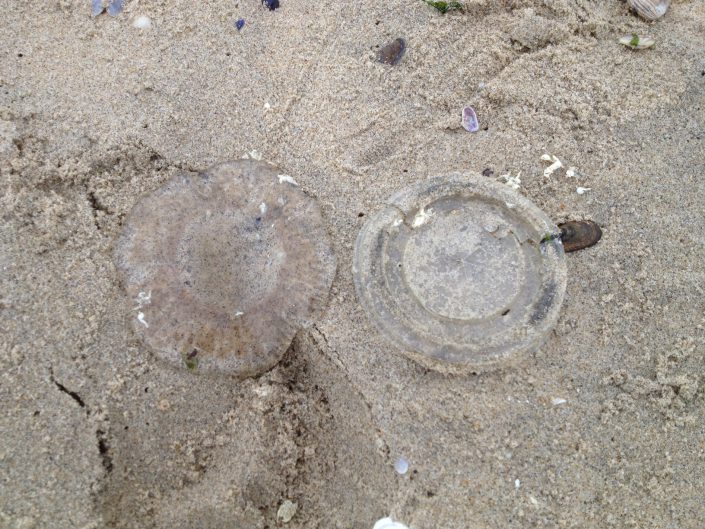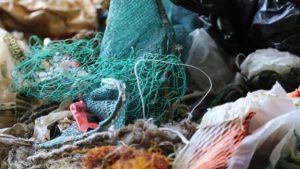How Plastic Pollution Impacts Wildlife – And What You Can Do!
PLASTICS MAY THREATEN WILDLIFE FOR MANY YEARS
by Corrine Henn, Communication Coordinator
For those of us who call New Jersey home, we’ve all likely witnessed the impact human activities have on our environment and the species who thrive here. Although habitat loss, illegal poaching and invasive species can be equally devastating to an ecosystem, the presence of plastic pollution around our state is a threat that almost every individual can be found personally culpable.

Although many forms of pollution impact our native species, the summer months at the Jersey Shore often result in a surge of plastic debris that are left behind or improperly disposed of. Plastic pollution impacts millions of wildlife species globally, and the diverse number of species in New Jersey are no exception.
The plastic pollution that accumulates in our waterways and elsewhere around New Jersey poses a serious threat to native species. Single-use plastic products like plastic bags, bottles, bottle caps, wrappers, straws, and even balloons are not only unsustainable, but particularly dangerous for the animals that may become entangled in them or accidentally ingest them.

A few years ago, CWF’s Habitat Program Manager Ben Wurst and his dedicated group of volunteers who monitor the osprey nests along the coast began to hold onto the trash and debris collected in and around the nests. While it may not be the most visually appealing educational resource, it made the growing problem of plastic pollution personal for Ben, in a way that words aren’t always able to convey.
Plastic bags, one of the most common single-use plastic products, were overwhelmingly prevalent in many of the nests. And osprey aren’t the only wildlife species facing this threat. Seals, terrapins, shorebirds, fish, whales, sharks and dolphins can also be impacted by plastic debris.
The presence of plastic in our daily lives is interminable and difficult to eliminate completely, but there are a number of things we can do to minimize the impact our habits may have on our wildlife!
Clean up after yourself:
Whether you’re spending the day at the beach, having a picnic by a lake, or tubing down a river, make sure you take any trash with you before leaving and recycle what you can.
Be mindful of your surroundings:
If you’re out and about and notice that someone left some trash behind, take a moment to throw it away.
Reduce your consumption:
A number of small changes from millions of people can make a big difference. For starters, invest in reusable shopping bags and water bottles. And cut down on the number of miscellaneous throw away plastics you use, including straws and plastic wrappers.
Donate:
Consider donating to CWF to support our conservation projects and ensure our biologists and our volunteers are able to continue surveying and aiding species in need.
LEARN MORE
Discover more from Conserve Wildlife Foundation of NJ
Subscribe to get the latest posts sent to your email.
Leave a Comment
Saw an article recently about a wildlife guy in the UK and he started a positive campaign and he calls it – JUST ONE THING.
By that he means he wants everyone who can to pick up JUST ONE THING – every day – in an effort to clean up the habitat wildlife are forced to live in that is filled with plastic and glass. He did the math and it was astounding how it could work out if almost everyone joined in.
Doubt if he would mind your using his idea and that coupled with major clean ups, may make a serious dent though I don’t think Osprey are into interior decorating or architecture. Thus, they really do need our help.
Great article! We all need to do more to help keep plastic out four environment. Do you think CWF could produce and sell recyclable plastic shopping bags with a message on them? I would love to use them at Sedge.
That’s a great idea Jim! I’ll pass along the suggestion.
A useful sharing, waste plastics have polluted our surroundings, causing death of animals. We shall treat plastic waste by ourselves.
Without corporate responsibility Laws enacted and banning the expansion of plastic products individual actions are like they never happened at all. Take it from one whom has been cleaning Park Resources for years. Our Landscapes are full of trash. name one place where plastic pollution is not present? You can’t!
Comments are closed.